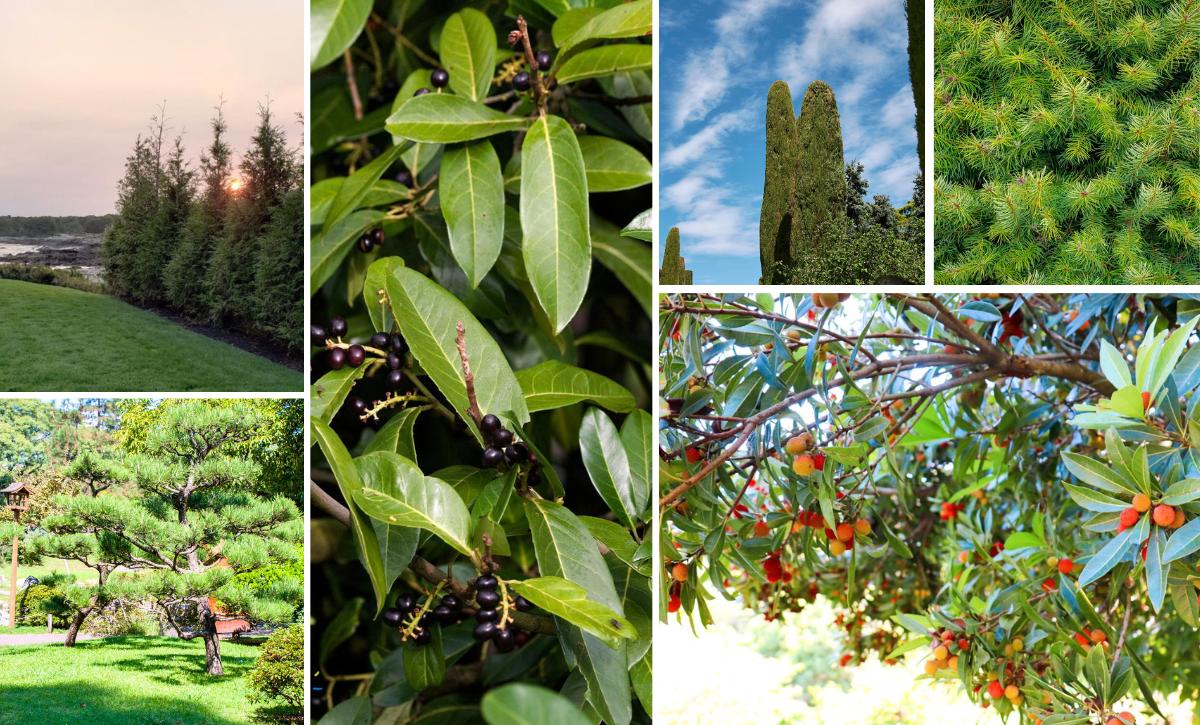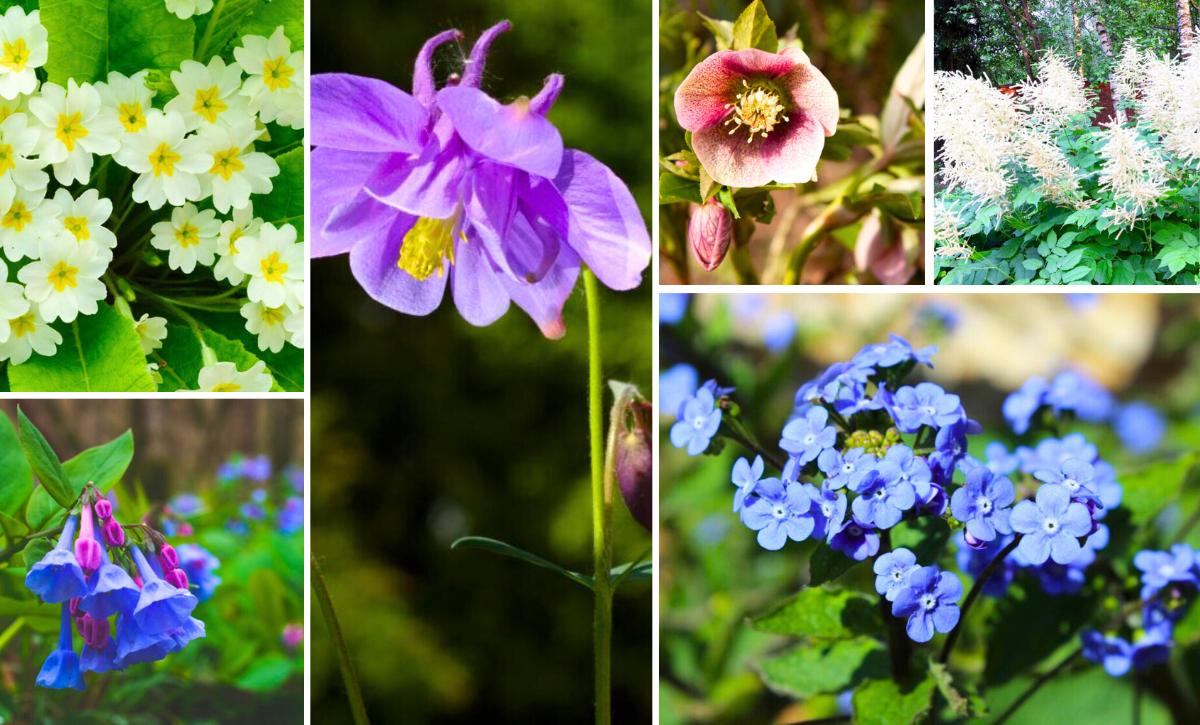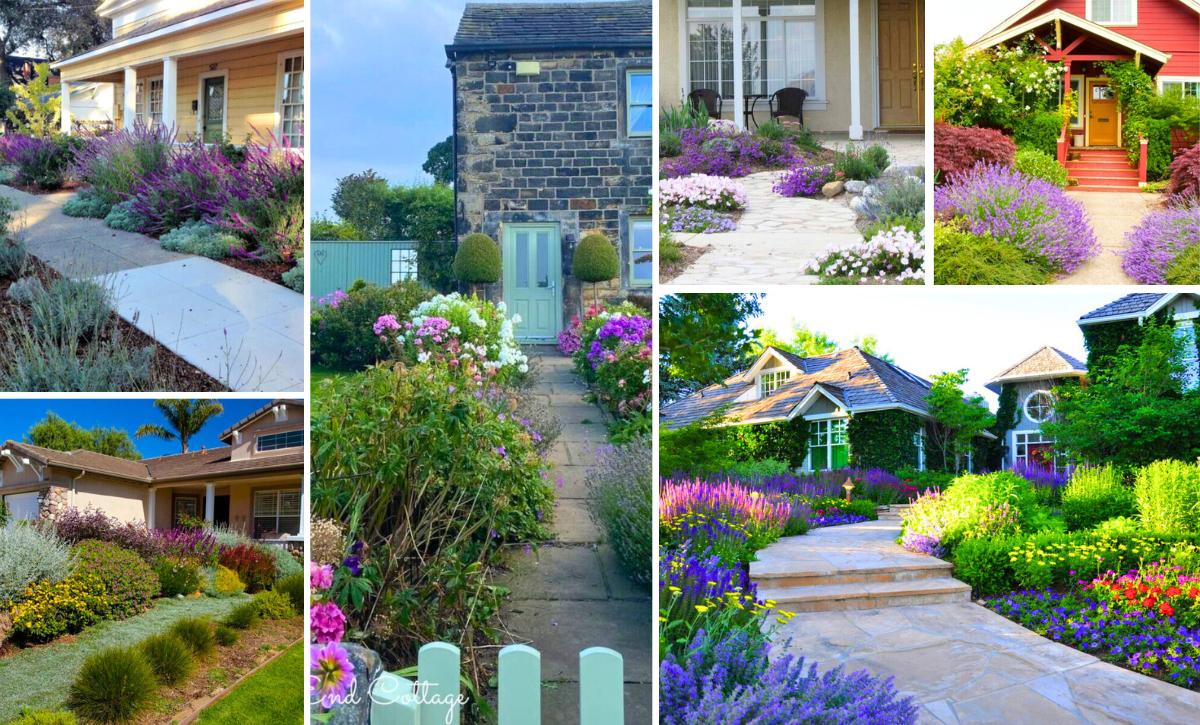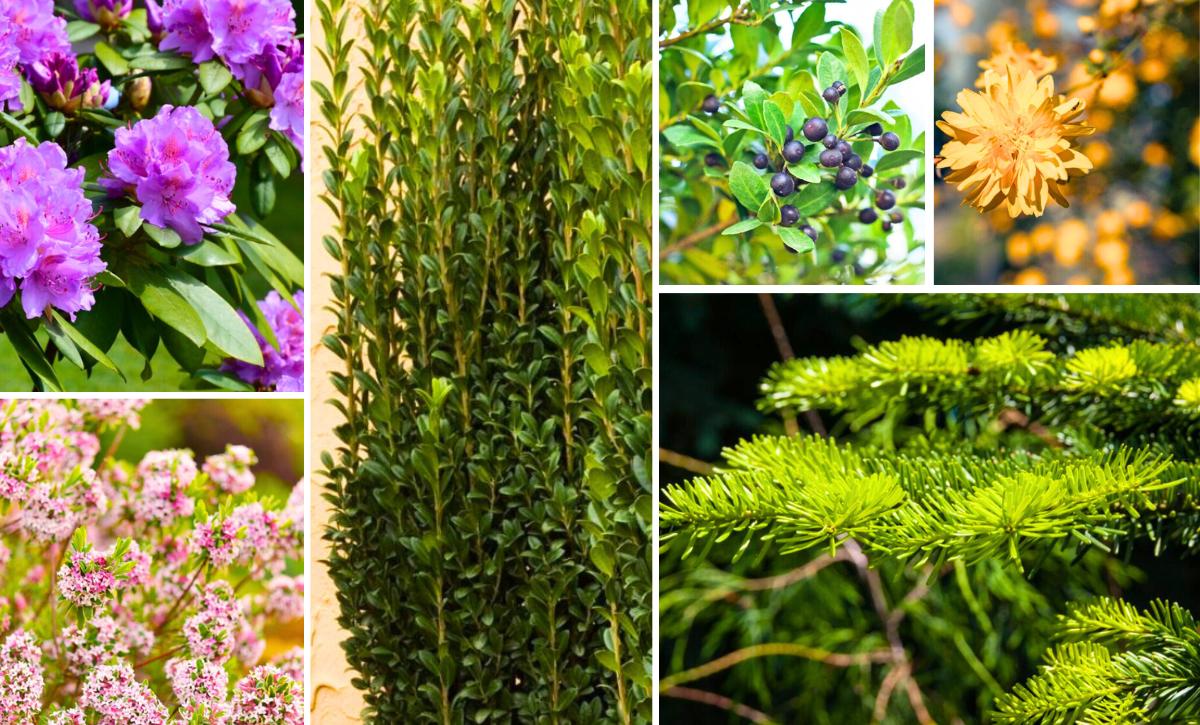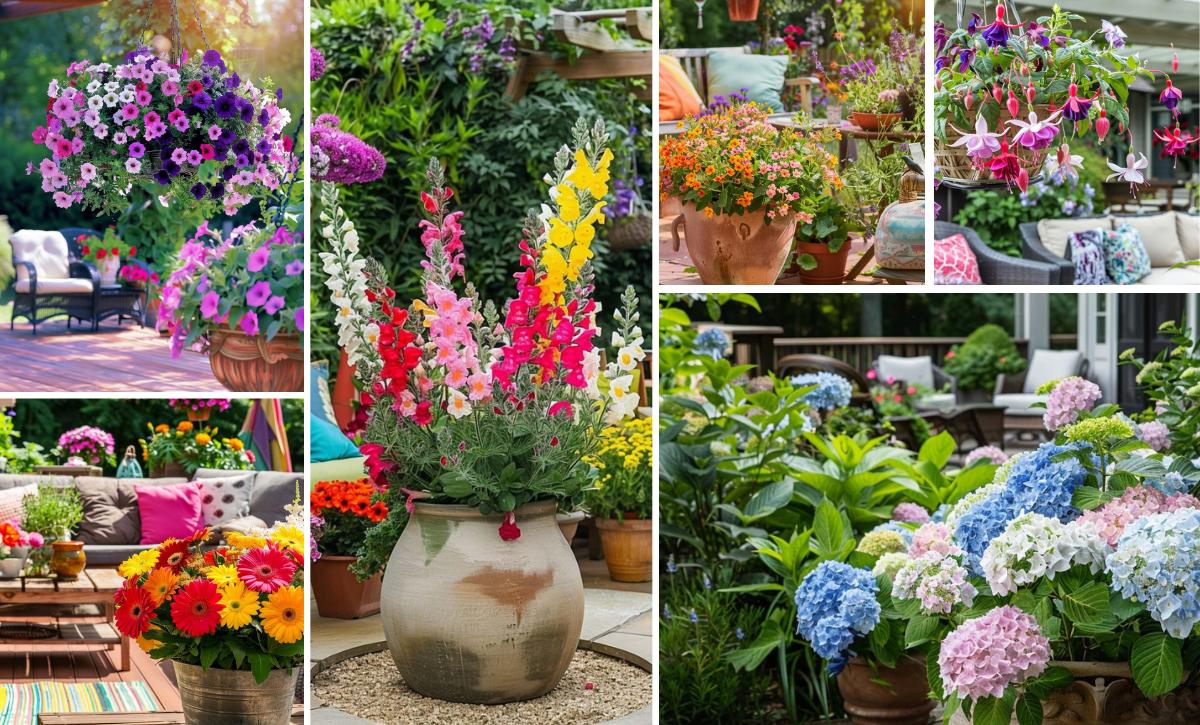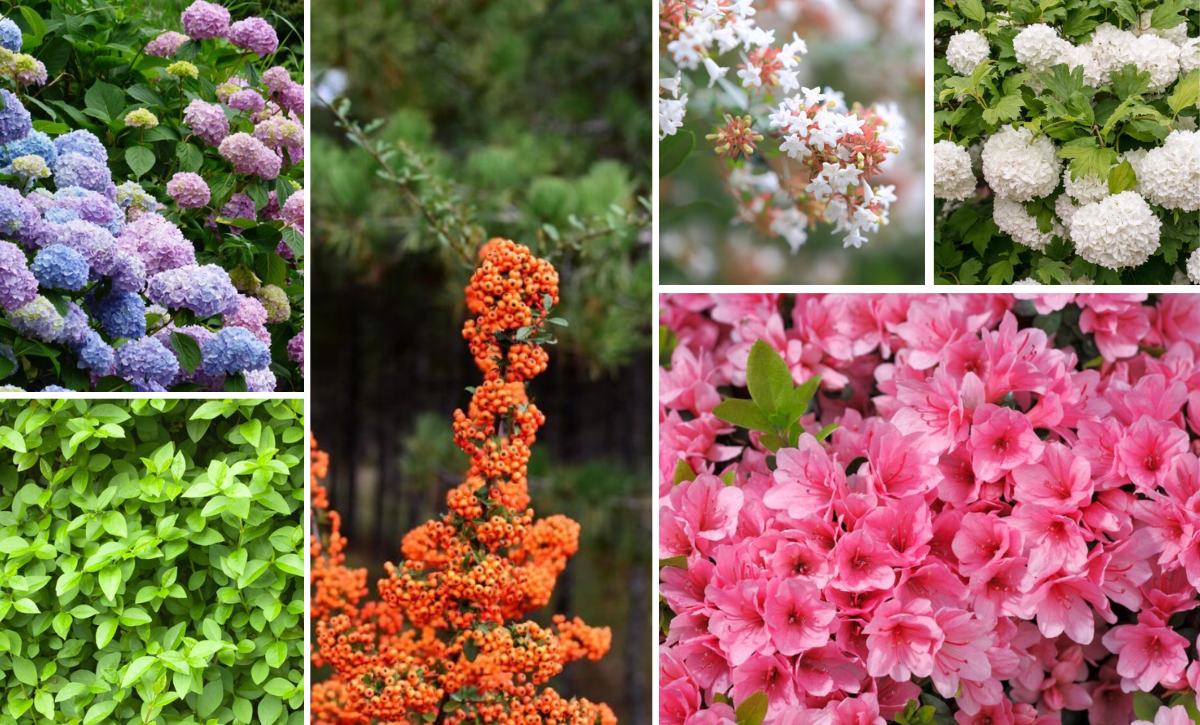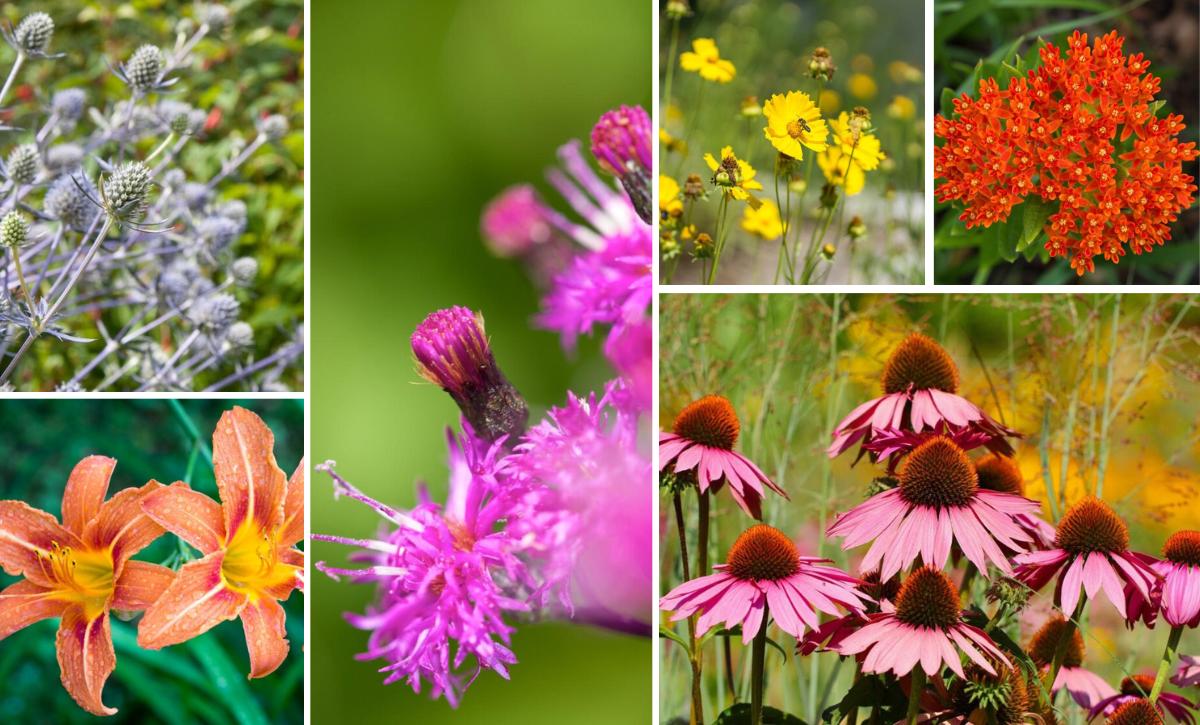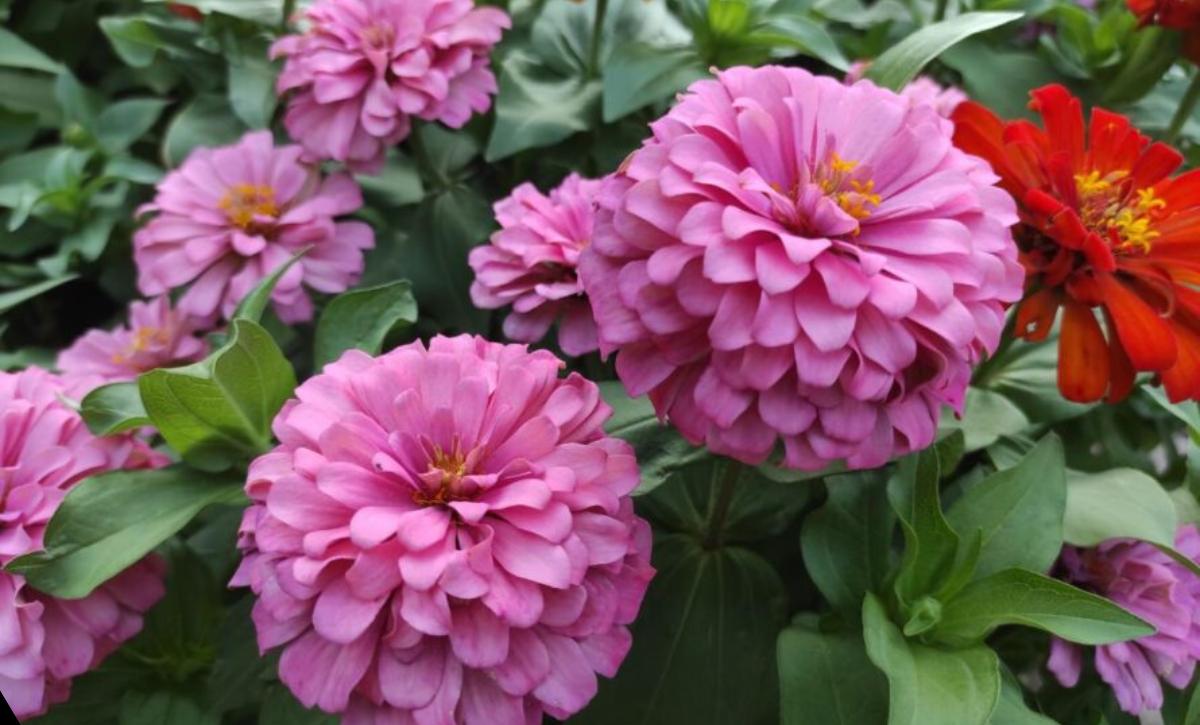Wasps are an essential part of the natural ecosystem, but they’re a nuisance in your garden.
They can be aggressive if you disturb their nests, increasing the risk of painful stings.
The best wasp repellent plants are a natural way to banish these pests and enjoy your carefully cultivated space — no pesticides required.
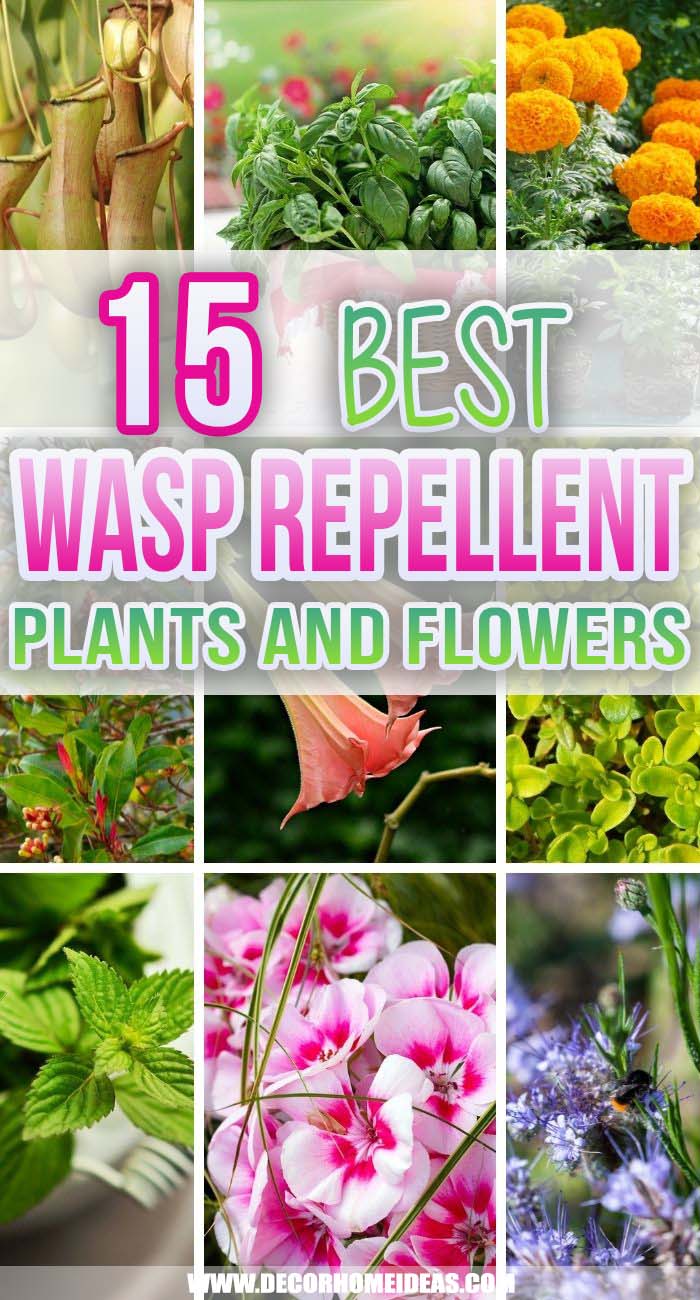
1. Basil
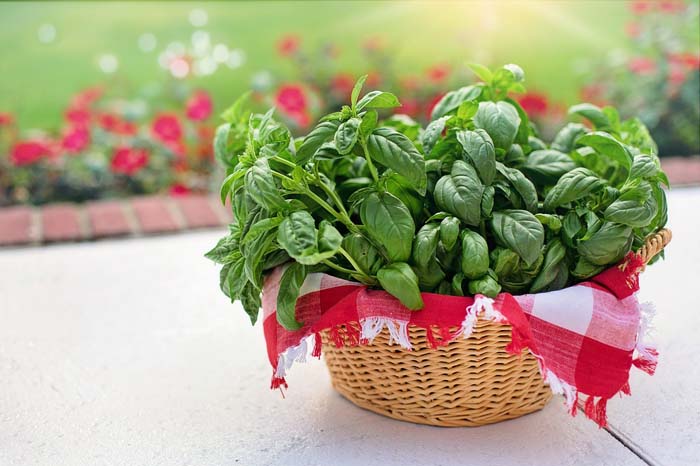
Get ready for fewer wasps and tastier salads when you plant basil in your garden. The large, bright green leaves are known for their fantastic aroma.
While it adds extra flavor to your food, this strong scent discourages wasps from hanging around.
Basil is a remarkably easy plant to grow; you can put it in the earth or plant it in containers. In the winter, simply take the pots inside for a year-round supply.
2. Citronella
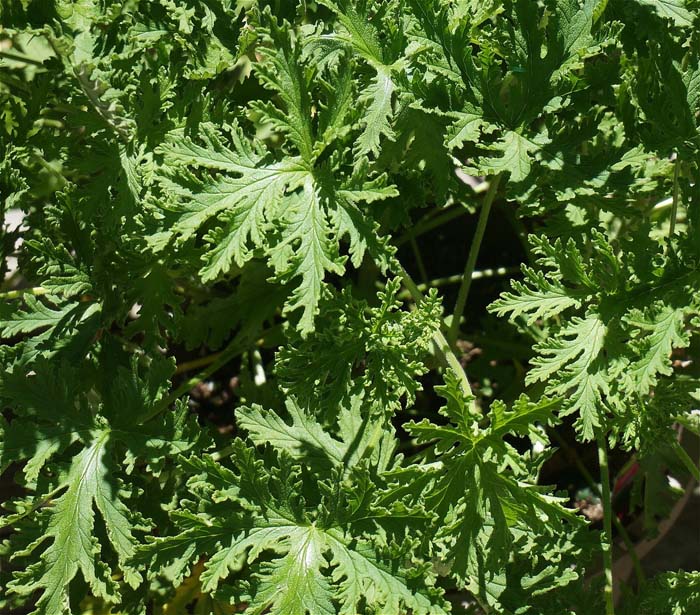
Have you ever seen citronella candles in the store? They’re made using oils from the citronella plant.
Wasps and mosquitoes can’t abide the strong, citrus scent that emanates from the leaves, so you’ll see fewer stinging bugs flying around your garden.
Citronella is a breeze to grow, so it’s a wonderful wasp-repeller for new gardeners. As long as the soil is well-drained and you live in zones 8-12, it should flourish in your outdoor space. You can even start the plant indoors and move it outside after the last frost.
3. Cloves
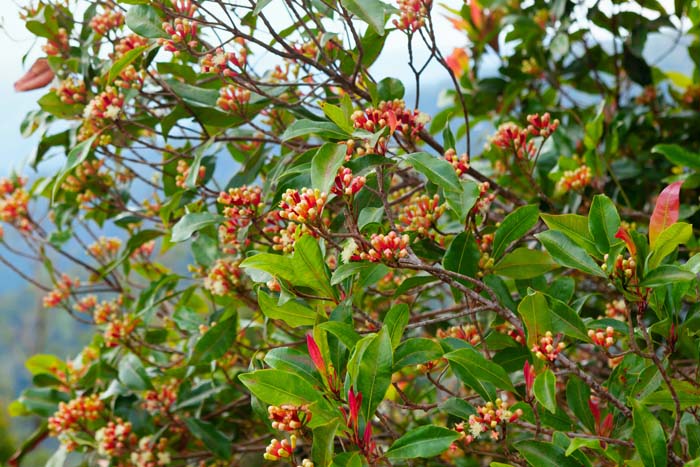
With its strong, sinus-clearing scent, the clove plant is a natural wasp repellent.
The aroma isn’t as strong to the human nose, so all you’ll notice is a hint of spice. The plant itself is lovely, boasting bright green leaves with red accents.
It can grow to be quite large — make sure to prune it carefully if you have a small garden. When the cloves reach full size, harvest a few and dry them to use in Christmas drinks and baking.
4. Cucumber
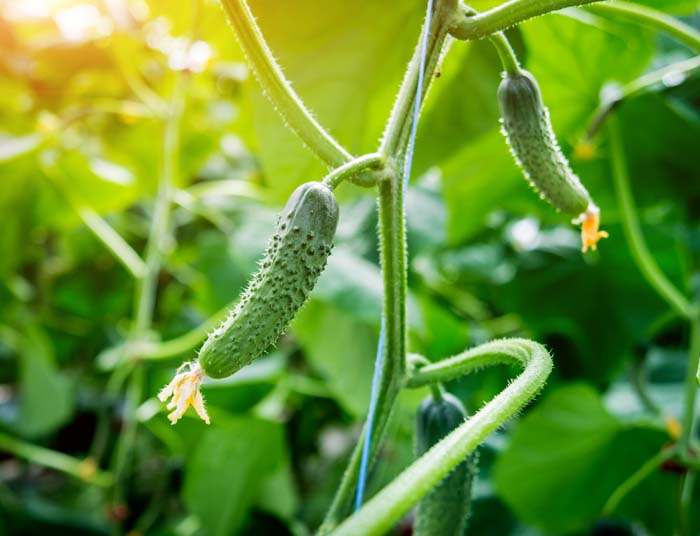
It’s hard to believe that the mild-tasting cucumber is a wasp-repellent, but it’s true. It’s all due to the peels, which contain bitter flavors that overwhelm wasps.
This summer, plant plenty of cucumber plants around your garden; they’ll freshen up your salads and ensure that stinging wasps stay far away. Cucumbers are a breeze to grow, especially when you place them in a bright, sunny place.
5. Eucalyptus
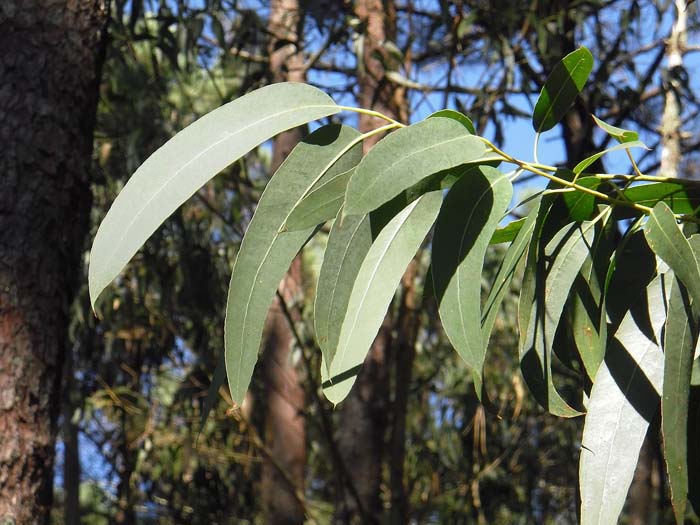
Have you ever stopped to smell eucalyptus leaves? They have a strong, distinctive aroma that’s pleasant for people but unpleasant for wasps.
This powerful effect comes from the essential oils in the leaves — it keeps wasps, ticks, mosquitoes and other pesky insects at bay.
The eucalyptus tree is native to Australia, but you can grow it relatively easily in zones ranging from 7A to 10. It grows quickly, so it’s a great way to get your garden started.
6. Garlic
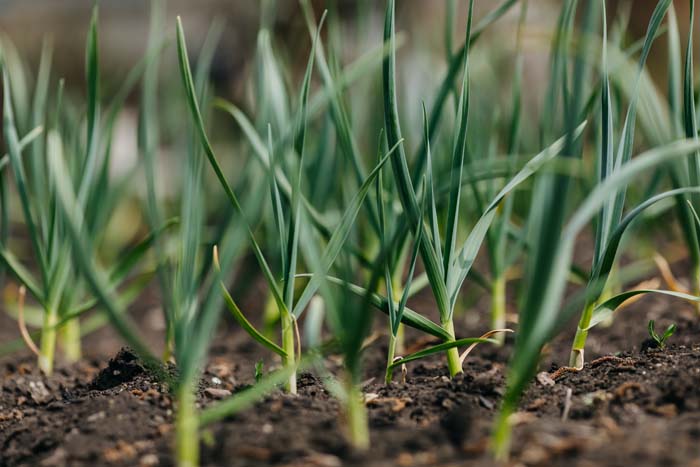
When it comes to plants with a strong, distinctive scent, garlic takes the cake. There’s a reason it’s a part of so many recipes; the intense flavor makes a big difference.
When the greens are in the ground, they emanate a fragrance that deters a wide range of insects. After a while, you’ll notice that wasps, beetles, mites, and mosquitoes are staying far away from your garden.
As the bugs die down, harvest the garlic bulbs to take dinner to the next level.
7. Geraniums
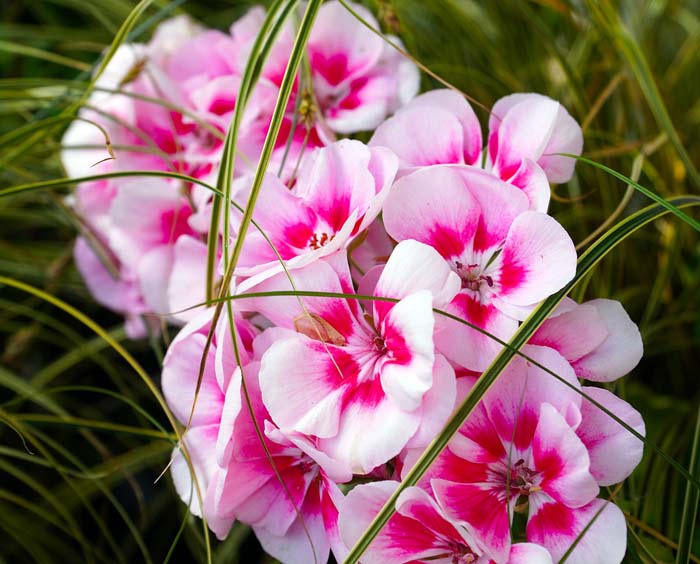
Bright and vibrant, geraniums seem like a natural wasp-attractor.
The opposite is true — wasps avoid the pretty flowers. Unfortunately, these flowers also repel bees; consider planting them away from bee-attracting plants to encourage a healthy and helpful population.
Geraniums require partial sunlight, so they’re easy to place next to your porch or along a border garden. The cheerful color and medium-sized blooms are sure to jazz up any space.
8. Lemongrass
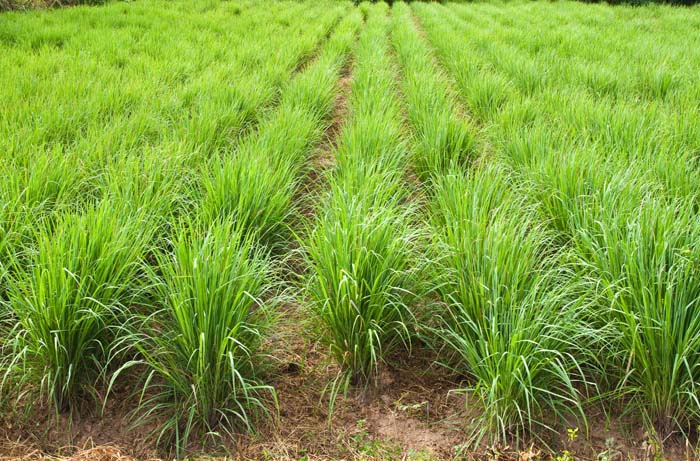
Lemongrass is a wonderful, natural way to repel all manner of insects from your garden.
Wasps and mosquitoes don’t like the strong, citrus-herb scent, so you can enjoy your space without getting stung. Plant lemongrass in containers for the easiest maintenance.
If you live in a cool climate, bring the plants inside for the winter. In warm areas, lemongrass thrives from January to December.
9. Marigolds
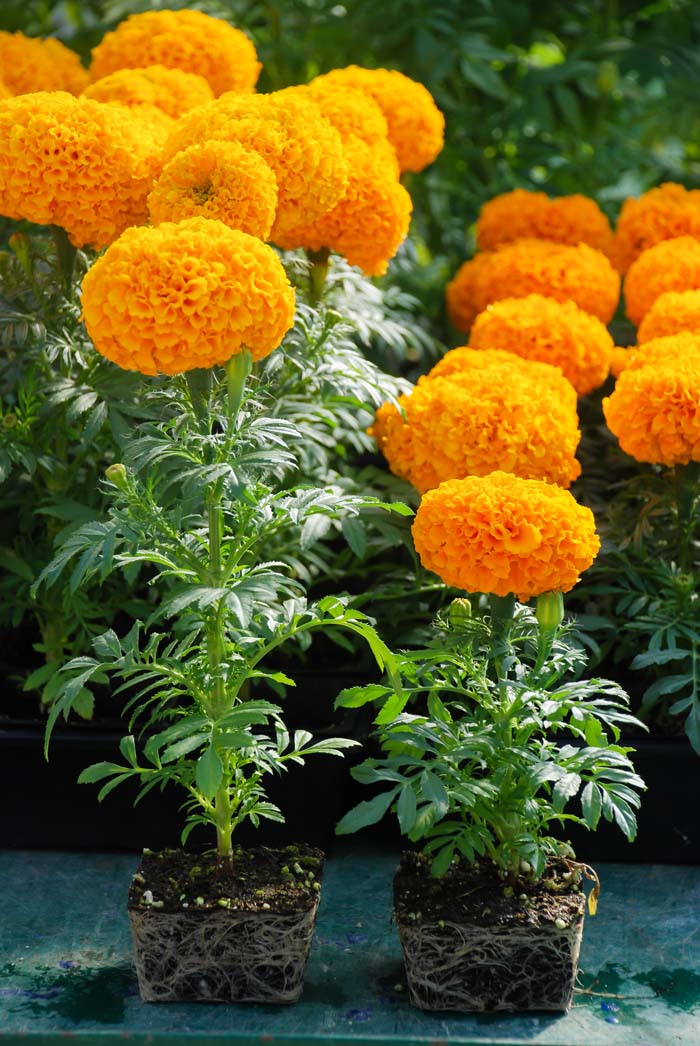
Bring a bit of sunshine into your garden with the beautiful marigold. With its thick, layered petals and vibrant yellow color, this flower makes any space feel more joyful.
The more you plant, the fewer wasps you’ll see; the flying insects have no interest in the cheerful blooms. While they’re keeping wasps away, the flowers attract a range of other beneficial creatures, including bees and ladybugs.
Marigolds are a low-maintenance plant, so they won’t add much to your gardening workload.
10. Mint
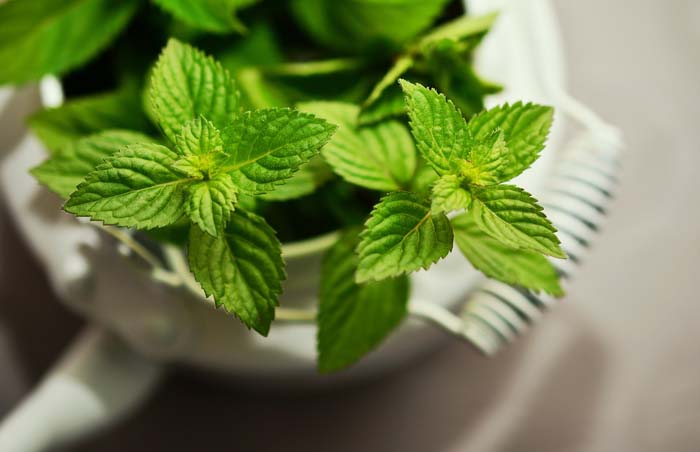
With its cool, strong scent, mint is a natural way to repel wasps and other insects.
Don’t worry if you have a small yard or limited space — mint doesn’t mind shady spots, so you have plenty of location flexibility. Once it starts to grow, you can pick leaves to spice up your cocktails or add to salads.
You might never buy mint leaves from the grocery store again!
11. Pennyroyal
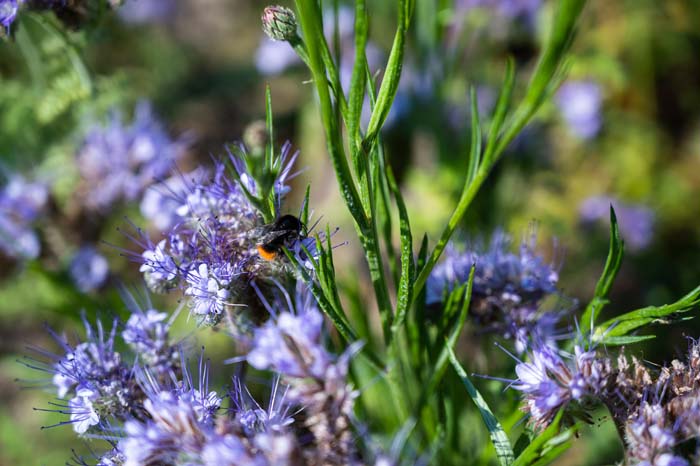
Do you have a small garden? The pennyroyal plant is the perfect wasp-repelling solution. It’s small and thrives in containers, so you can use it on a porch, patio, or a small city balcony.
The oils have a strong fragrance that keeps bugs away. If you have kids or pets, keep in mind that pennyroyal oil can be toxic when ingested.
12. Pitcher Plant
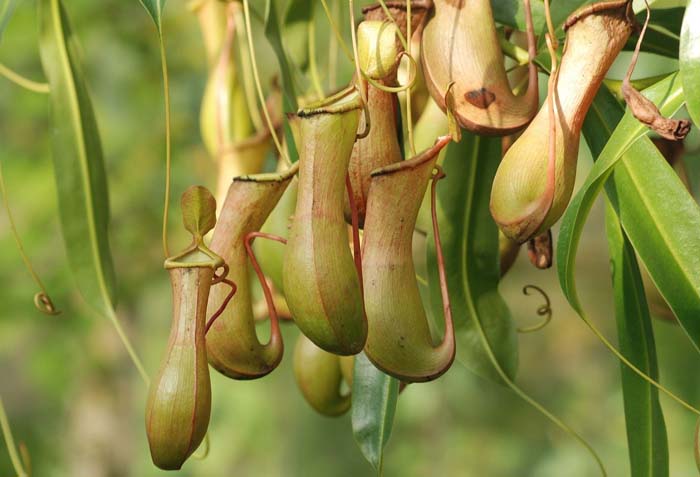
If you’re in the market for a flower that repels wasps and makes your garden look more exotic, check out the pitcher plant. The wild, unusually shaped flowers resemble pitchers.
Wasps love them, but don’t worry; the insects fly down the narrow mouth and get trapped inside.
Then, the natural enzymes in the plants break them down. It sounds gruesome, but all you’ll see is the warm orange and yellow flowers and the long, delicate vines.
13. Thyme
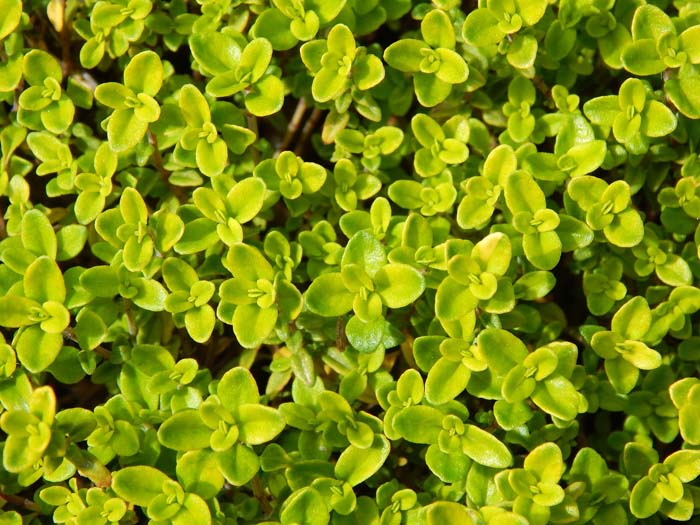
If you love to cook and you hate wasps, head straight to the nearest garden center to pick up a few thyme plants.
With its tiny, strong-smelling leaves, this pretty plant wards off wasps and a range of other insects. As a bonus, you’ll have a steady supply of fresh herbs to use in baking and cooking.
When you’re planting thyme, choose a spot with lots of direct sunlight. Plan on a bit of cultivation and care during the first growing season — after that, thyme plants are relative hands-off.
14. Trumpet Flowers
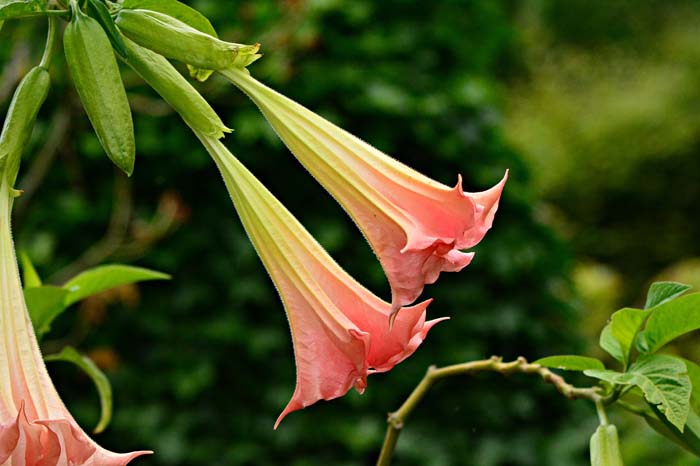
You might assume that flowers attract wasps and bees, but the trumpet flower is an exception.
The natural chemical compounds in the leaves automatically deter flying creatures, so you can enjoy a pop of color without the risk of stings.
Plus, since the downward-facing blooms are long and deep, bees can’t easily get inside. Trumpet flowers work beautifully as standalone plants in a garden; you can also place them in hanging containers to keep wasps away from a porch or deck.
15. Wormwood
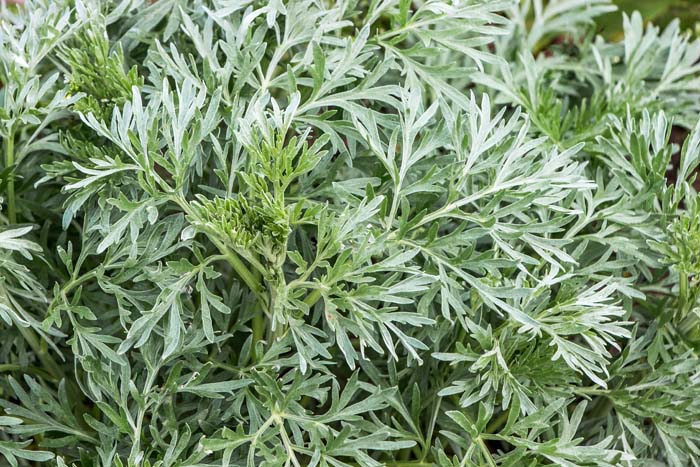
Do you have space around the edges of your garden? Fill it with wormwood.
With its feathery, multi-branch leaves, this light-green plant is a lovely way to cover the ground and keep wasps out of your yard. The magic is in the strong taste and odor — wasps, mosquitoes, and flies can’t stand it.
If you have trouble with deer and rabbits sneaking veggies from your garden, wormwood is also a great deterrent. Just make sure to plant it at a distance from fruits and vegetables, as it can inhibit their growth. This plant thrives in zones 4-8.
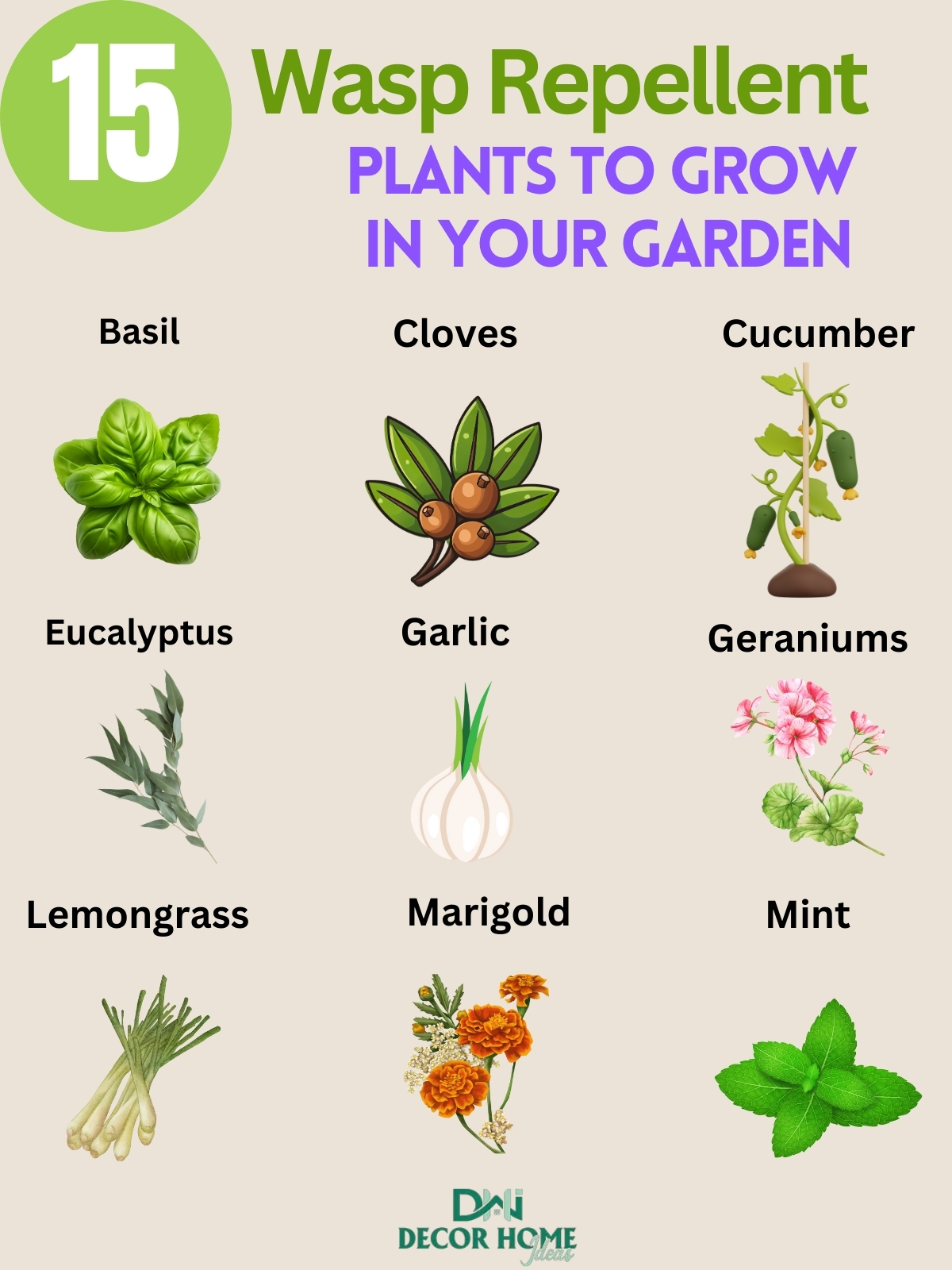
Keep wasps away naturally with these powerful repellent plants.
Basil, mint, and eucalyptus emit strong scents that deter these pests, while marigolds and geraniums add beauty while keeping them at bay.
Garlic and cloves create a natural barrier, and lemongrass releases citronella, a well-known insect deterrent. Perfect for maintaining a wasp-free, fragrant, and vibrant garden!

